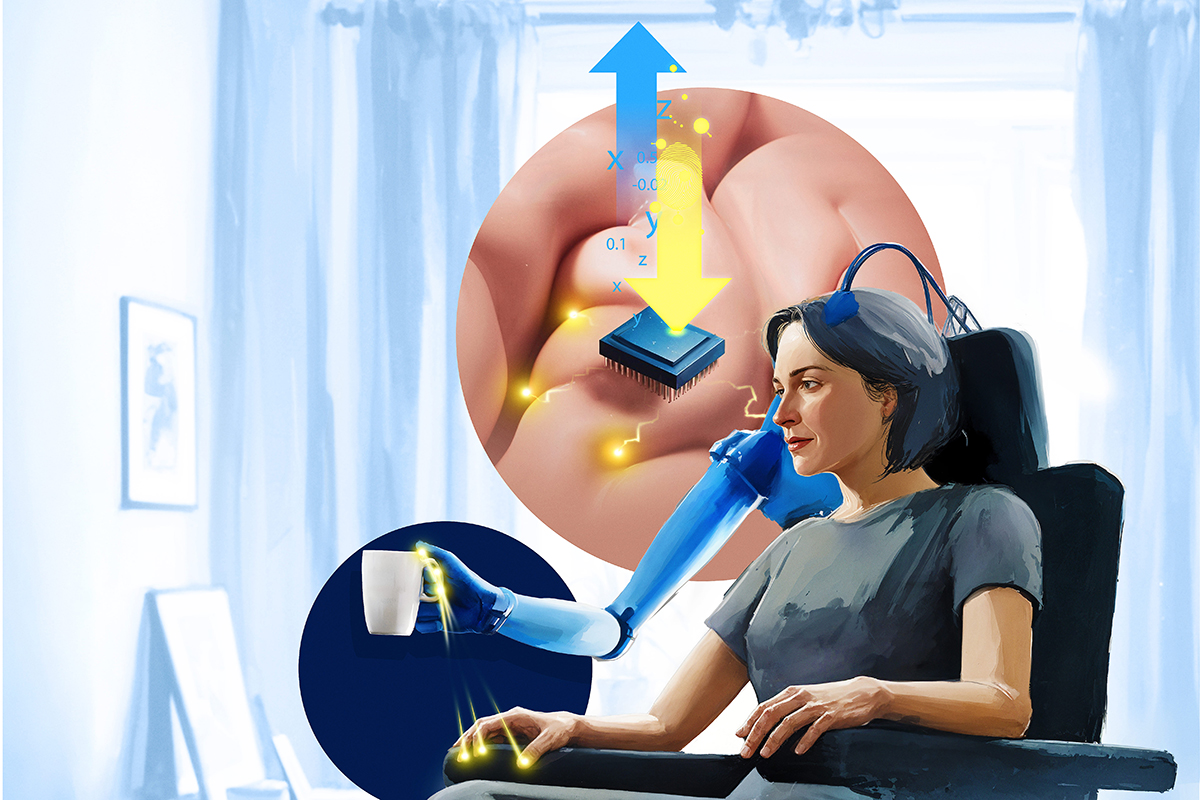Health Capsule
Creating an Artificial Sense of Touch

Researchers are developing ways to create an artificial sense of touch in bionic limbs. They hope this will help people control and “feel” robotic arms and hands. Experts have already developed ways to help people sense the intensity and location of a touch. In a new study, scientists aimed to replicate more complex experiences, such as edges and motion.
The team tested their new system in two volunteers. Both volunteers had spinal cord injuries that harmed nerve communication between the brain and hand. The researchers placed tiny electrodes into the participants’ brains. They targeted a region that manages complex touch information from the hand.
Researchers created specific electrical patterns in the brain. In response, participants reported different touch sensations. These included simple shapes and edges. Some activation patterns mimicked the sensation of using multiple fingers. This gave participants the feeling of complex touch sensations. They felt like they were grasping a can or holding a pencil or a ball. One participant used the system to steer a wheel in response to the sensations of movement the implanted electrodes gave.
“This work went beyond anything that has been done before in the field of brain-computer interfaces,” says lead researcher Dr. Giacomo Valle from the University of Chicago and Chalmers University of Technology in Sweden, who led the study. More research is needed before such systems can be tested in larger studies.
NIH Office of Communications and Public Liaison
Building 31, Room 5B52
Bethesda, MD 20892-2094
nihnewsinhealth@od.nih.gov
Tel: 301-451-8224
Editor:
Harrison Wein, Ph.D.
Managing Editor:
Tianna Hicklin, Ph.D.
Illustrator:
Alan Defibaugh
Attention Editors: Reprint our articles and illustrations in your own publication. Our material is not copyrighted. Please acknowledge NIH News in Health as the source and send us a copy.
For more consumer health news and information, visit health.nih.gov.
For wellness toolkits, visit www.nih.gov/wellnesstoolkits.




